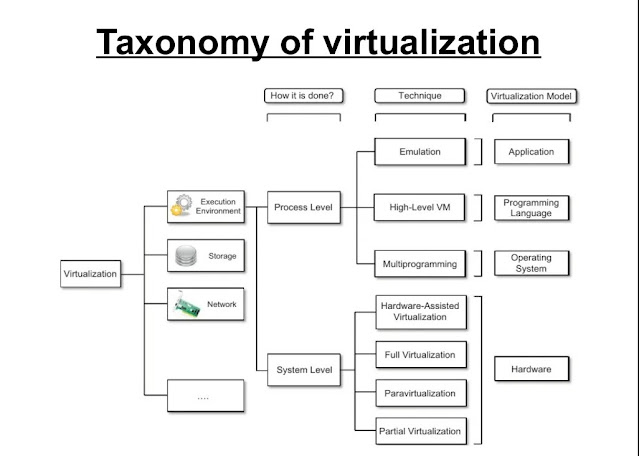Difference between Operational Database(OLTP) and Data Warehouse/(OLAP).
Difference between Operational Database(OLTP) and Data Warehouse/(OLAP).
• The Operational Database is the source of information for the data warehouse. It includes detailed information used to run the day-to-day operations of the business.
The data frequently changes as updates are made and reflect the current value of the last transactions.
• Operational Database Management Systems also called OLTP (Online Transactions Processing Databases), are used to manage dynamic data in real-time.
• Data Warehouse Systems serve users or knowledge workers in the purpose of data analysis and decision-making. Such systems can organize and present information in specific formats to accommodate the diverse needs of various users. These systems are called as Online-Analytical Processing (OLAP) Systems.
Operational Database(OLTP)
- Operational systems are designed to support high-volume transaction processing.
- Operational systems are usually concerned with current data.
- Data within operational systems are mainly updated regularly according to need.
- It is designed for real-time business dealing and processes.
- It is optimized for a simple set of transactions, generally adding or retrieving a single row at a time per table.
- It is optimized for validation of incoming information during transactions, uses validation data tables.
- It supports thousands of concurrent clients.
- Operational systems are widely process-oriented.
- Operational systems are usually optimized to perform fast inserts and updates of associatively small volumes of data.
- Data In
- Less Number of data accessed.
- Relational databases are created for online transactional processing (OLTP).
Data Warehouse/(OLAP)
- Data warehousing systems are typically designed to support high-volume analytical processing (i.e., OLAP).
- Data warehousing systems are usually concerned with historical data.
- Non-volatile, new data may be added regularly. Once Added rarely changed.
- It is designed for the analysis of business measures by subject area, categories, and attributes.
- It is optimized for extensive loads and high, complex, unpredictable queries that access many rows per table.
- Loaded with consistent, valid information, requires no real-time validation.
- It supports a few concurrent clients relative to OLTP.
- Data warehousing systems are widely subject-oriented.
- Data warehousing systems are usually optimized to perform fast retrievals of relatively high volumes of data.
- Data Out
- A large Number of data accessed.
- Data Warehouse designed for on-line Analytical Processing (OLAP).




Comments
Post a Comment